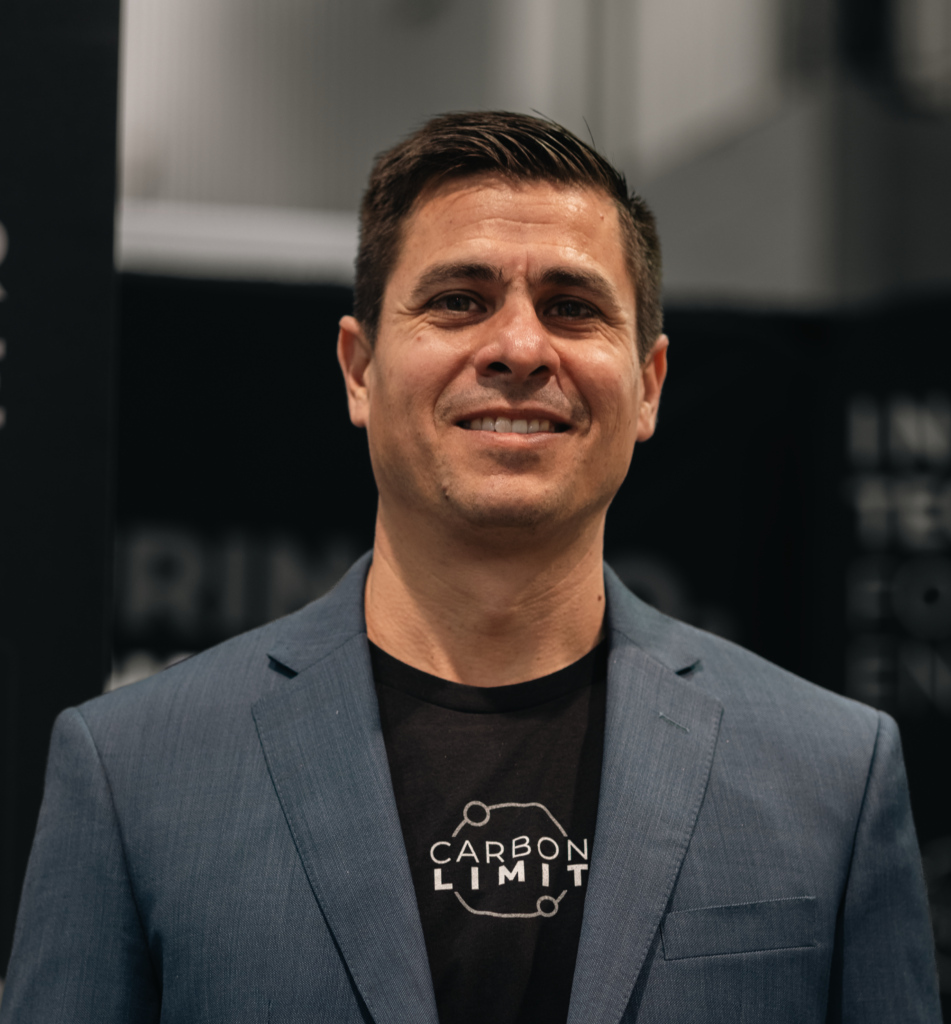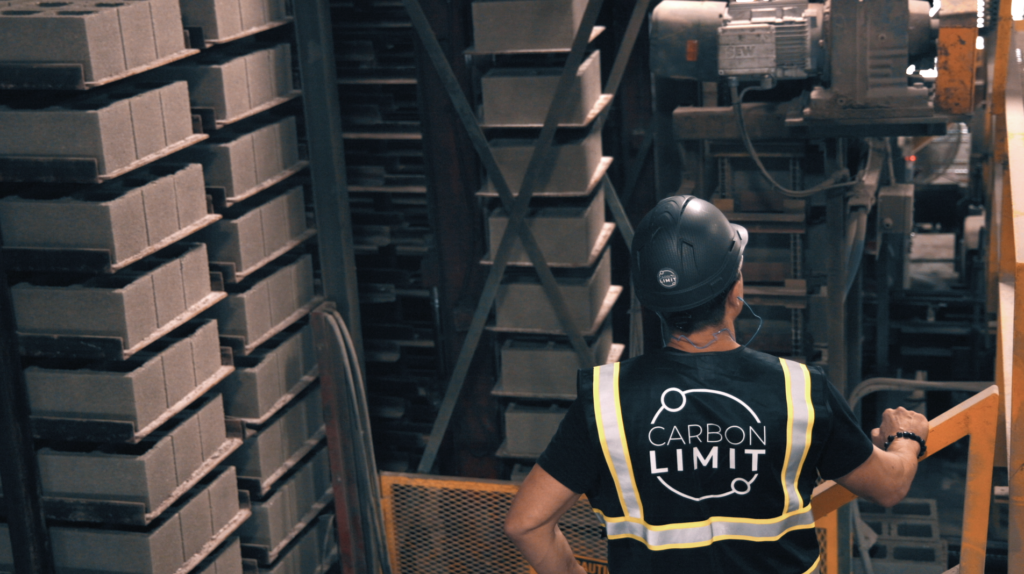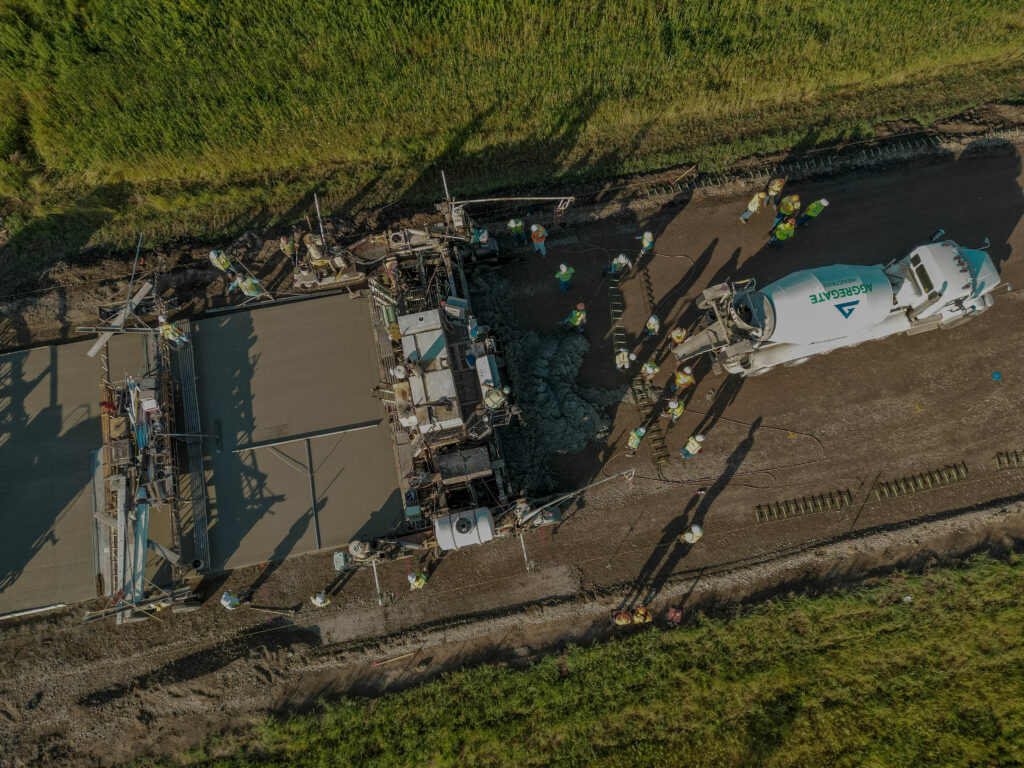By Bella Kubach, The Invading Sea
Entrepreneur and scientist Tim Sperry combined his two interests to create Carbon Limit: a Boca Raton-based climate technology startup that developed a way to limit carbon emissions.
Carbon Limit manufactures a method that allows concrete to absorb CO2. Cement manufacturing counts for at least 8% of all the world’s CO2 emissions.
“Concrete is the one of the biggest culprits when it comes to carbon pollution,” said Sperry, founder and CEO of Carbon Limit.

Carbon Limit uses a combination of its own technology and an active mineral technology that was used by NASA on an Apollo spaceship as a CO2 absorbent. Sperry said the method turns CO2 from the air into solid minerals in the concrete, allowing for the carbon to be permanently stored inside.
“Since we’re actually changing the CO2 molecule into a solid mineral, it will never be released even if you were to destroy the concrete, break it up and grind it into tiny particles,” he said.
This solution, named CaptureCrete, has already been used by the Minnesota Department of Transportation. In 2022, Carbon Limit worked with the department to test different sustainable solutions and “showcase how lower carbon footprint concrete could actually be utilized as a substitute” for higher carbon footprint technology, according to Sperry.
The department is about halfway through a three-year study to determine the most sustainable solution. Carbon Limit is also working with multiple licensees who have licensed CaptureCrete for various projects.
The company is starting in the United States but has already received interest for some “very large projects” in the Middle East, Sperry said.

Carbon Limit is based in Florida Atlantic University’s Tech Runway incubator for startups in Boca Raton. The company also works with the Fort Lauderdale-based Marine Research Hub, which helps startups turn research into marketable products that build Florida’s “blue economy.”
Katherine O’Fallon, executive director of the Marine Research Hub, said the “investment opportunities are huge” with companies like Carbon Limit.
“People used to think that in order to take care of the environment, you just had to give in and hope for the best,” O’Fallon said. “Now, there is an opportunity to invest in companies like Carbon Limit and make money while doing good for the environment.”
Carbon Limit’s technology also generates carbon credits that companies purchase to make up for carbon dioxide emissions that they produce. CaptureCrete has been validated by audit and certification services company Bureau Veritas, under the Covalent Certification Standard, which Sperry said means that it “has quantified our technology can capture CO2.”

Carbon credits can be worth tens of dollars to hundreds of dollars per credit, depending on how long CO2 is captured, Sperry said. The more CO2 captured, the more valuable the credit.
“So, we can actually create carbon credits, which creates a monetary return on investment for our customers, so we can actually pay them to use our technology,” Sperry said.
Sperry said he is confident that his team manufactured an “affordable, easily adaptable and easily scalable technology.” O’Fallon said Carbon Limit’s impact goes beyond mitigating climate change.
“When you’re looking at finding a solution, you’re creating a number of jobs that are beyond just that solution,” she said. “When you have a business, you’re creating the marketing that goes with that company; you’re creating a job that is dealing with the accounting and HR.
“You’re creating a pipeline for new climate-focused jobs that were never there before.”
Bella Kubach is a Florida Atlantic University senior majoring in multimedia journalism who is reporting for The Invading Sea during the spring 2024 semester.
Sign up for The Invading Sea newsletter by visiting here. If you are interested in submitting an opinion piece to The Invading Sea, email Editor Nathan Crabbe at ncrabbe@fau.edu. To learn more about carbon sequestration, watch the video below.



